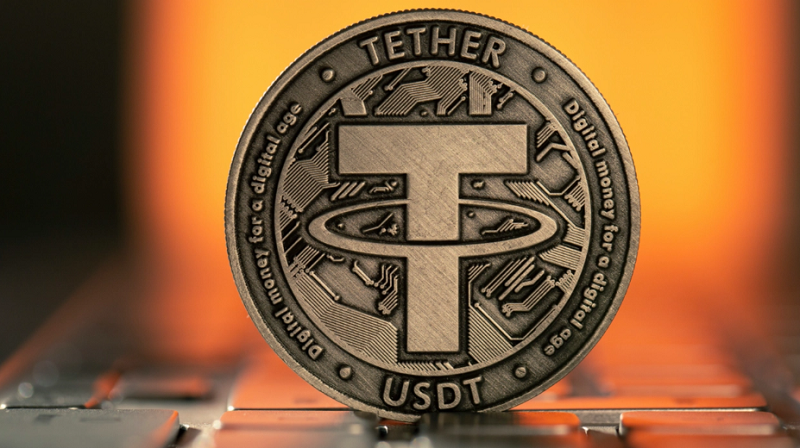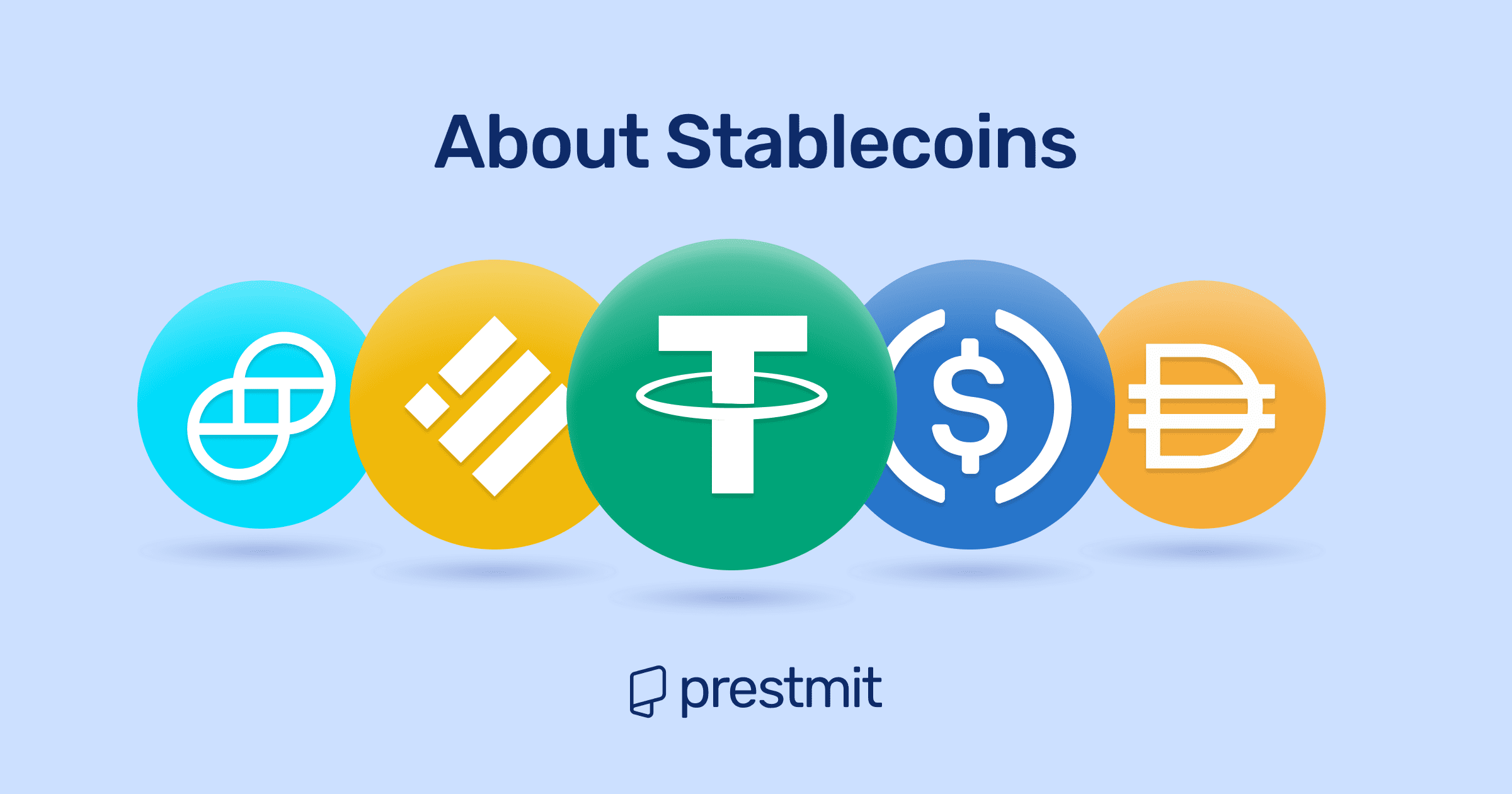Table of Contents
Stablecoins are fast rising as one of the quickest growing segments in crypto with a combined market capitalization of over $250 billion. These digital currencies are made to maintain a fixed value by linking them to financial assets like the U.S. dollar, the Euro, or even a commodity like gold.
Originally stablecoins were primarily used by traders to move funds between exchanges without converting to traditional currency. Today, they have now expanded into everyday finance. They are being adopted for remittances, cross border payments, decentralized finance (DeFi) lending as well as a safeguard against inflation.
This increases the growing interest of regulators, businesses, and consumers alike knowing that stablecoins are poised to play a significant role in the future of money. To better understand their stance, this article explores what stablecoin are, how they work, and why they have become a powerful bridge between traditional finance and the crypto economy.
What Are Stablecoins?

Stablecoins are cryptocurrency designed to have a relatively stable price. This is made possible typically through being “pegged” or linked to a commodity or a fiat currency like Euro or the US dollar or having its supply regulated by an algorithm.
The goal of this is to reduce the extreme price volatility suffered by cryptocurrencies like Bitcoin or Ethereum so that stablecoins can avoid price swings and also make them more useful for everyday transactions, remittance, and short term savings.
In simple terms, a stablecoin bridges the gap between traditional finance and the cryptocurrency world. It allows one to move money across borders in real time, access decentralized finance (DeFi) services, and act against market volatility without needing to cash out to a bank.
Some popular examples of Stablecoin are USDT, USDC, and Dai (DAI).
Types of Stablecoins
Arguably all stablecoins share a common goal of maintaining a steady value but the way they achieve this stability varies significantly. The following are the types of stablecoin available to better understand their reliability, risk, and use cases.
1. Fiat-Collateralized Stablecoins

Fiat collateralized stablecoins are the most widely adopted type of stablecoins. They are backed by real-world currencies like the U.S. dollar or euro and they are held in bank reserves. For every stablecoin issued, there is an equivalent amount of fiat currency stored with a custodian. These coins are widely used because of their simplicity and direct peg to traditional money
Examples of collateralized stablecoins are USD Coin (USDC), TrueUSD (TUSD), and Tether (USDT).
2. Commodity-Backed Stablecoins
These stablecoins are pegged to physical assets such as gold, silver, oil, or even real estate. They offer a bridge between blockchain technology and physical investment assets. Commodity-backed stablecoins appeal to those who want the benefits of crypto with the value of stable tangible assets.
Examples are: PAX Gold (PAXG), Tether Gold (XAUT)
3. Crypto-Collateralized Stablecoins
Instead of fiat or commodities, these stablecoins are backed by other cryptocurrencies with excess collateral to account for crypto price swings. This means you must lock up more value in crypto than the stablecoins are worth to secure it. A leading example is DAI which uses Ethereum and other assets as collateral. The system is usually governed by smart contracts that automatically adjust collateral levels.
Example: DAI (by MakerDAO), sUSD (by Synthetix)
4. Algorithmic Stablecoin
Algorithmic stablecoin are not backed by any physical or crypto collateral at all. Instead of that, they use blockchain based algorithms and smart contracts to manage supply and demand. They do this by expanding or contracting the number of coins in circulation to maintain the peg. But while this is innovative, they project higher risk evident in the collapse of TerraUSD (UST) in 2022.
Examples of these Algorithmic stablecoins are Ampleforth (AMPL), Frax (FRAX).
How Do Stablecoins Work?
As earlier discussed, stablecoins can be backed by fiat currency, cryptocurrencies, precious metals, or algorithms and their backing affects stability. Fiat backed coins tend to be steadier because they are tied to centralized systems, where authorities like central banks can intervene during volatility.
Non-fiat-backed coins like those tied to Bitcoin can fluctuate sharply since no regulator controls their peg. Under the GENIUS Act, issuers must ensure their coin maintains a stable value relative to a fixed monetary amount. This means that coins not tied to assets like the U.S. dollar or Treasurys may fall outside new regulations. This could leave long-standing coins like DAI in a trembling legal area.
Risks and challenges still exist. Depegging can happen if confidence in the stablecoins reserves is shaken and sometimes if the collateral loses value too quickly or if technical issues disrupt operations.
Uses of Stablecoins
1. Cross-Border Payments and Remittance
Stablecoins makes it faster and cheaper to send money across borders than the normal traditional methods. Instead of the delays that come with waiting for days or months or paying high bank fees, you can transfer funds globally in minutes while keeping the value stable.
2. Crypto Trading without converting to fiat
Traders often use stablecoins as a safe haven between trades. Instead of cashing out to a bank account which can take time and cost extra, they can park their funds in stablecoins ready to re-enter the market at any moment without losing value to volatility.
3. DeFi Applications
In decentralized finance, stablecoins are used for lending, borrowing, liquidity provision, and yield farming. Their stable value reduces risk when locking up funds as collateral making them a preferred choice for many DeFi protocols.
4. Inflation Hedge in Unstable Economies
In countries with rapidly depreciating currencies, stablecoins pegged to the U.S. dollar or other strong assets provide a way to protect purchasing power. People can save in stablecoins without relying on local banks or facing strict currency controls.
5. Everyday Payments and E-commerce
Businesses are beginning to accept stablecoins for products and services, allowing their customers to pay with digital versions of stablecoins. This brings speed, low cost and global accessibility of crypto to everyday transactions without price volatility of coins like Bitcoin.
Global Regulations of Stablecoins
The growth in stablecoin has continuously pushed regulators to act with the main priorities of consumer protection, reserve transparency, and finding a way to minimize the risk of using stablecoin in the broader financial system. In countries like;
1. In The U.S.
The U.S. introduced a landmark federal legislation for payment with stablecoins. The new rules require issuers to keep quality liquid reserves, provide regular public audit and operate a framework similar to licensed financial institutions. Its purpose is to protect users and ensure that stablecoin is safely integrated into payment.
2. In The European Union
The European Union in the Crypto Assets (MiCA) structure came into force with the goal of harmonizing rules across all member states. Under MiCA, stablecoin issuers must secure authorization, meet strict reserves and redemption requirements, and maintain operational safety measures. This single rulebook creates clarity for businesses and users thereby reducing the patchwork of regulation that previously existed in Europe.
3. In Asia
In Asia, Singapore has established a robust regulatory model for fiat backed stablecoins. Japan has also passed laws recognizing stablecoins under updated payment regulations ensuring that issuers meet strict consumer protection and operational standards.
Frequently Asked Questions (FAQs) About Stablecoins
Are stablecoins safe to invest in?
Stablecoins are usually less volatile than cryptocurrencies like Bitcoin but their safety depends on the issuer’s reserves, transparency, and regulatory oversight.
How do I buy stablecoins?
You can purchase stablecoins through crypto exchanges, digital wallet apps or even some fintech platforms that support them. You will be required to deposit currency like USD or EUR or in exchange of another cryptocurrency.
Can Stablecoin lose value?
Yes, stablecoins can lose value. While stablecoins aim to maintain a fixed value, de-pegging can occur if reserves are insufficient, poorly managed or there is a sudden loss of market confidence.
What is the difference between USDT and USDC?
USDT (Tether) and USDC (USD Coin) are both U.S dollar pegged stablecoins but they differ. USDC is issued by regulated U.S. entities and provides regular reserve audits while USDT is the most widely used stablecoin globally.
Will stablecoin replace traditional money?
It is unlikely that stablecoins will replace traditional money anytime soon. Although they are being used for faster payments and transactions, many experts see them as a complementary tool rather than a complete replacement.
Conclusion
Stablecoins are no longer a niche concept, they are known to solve one of the cryptocurrency biggest challenges which is volatility. From instant cross-border transfer to powering decentralized finance and protecting wealth in unstable economies, stablecoins are providing their value in real-world use cases every day.
The next few years will likely determine how far their influence reaches. Clearer regulations, greater transparency in reserves, and technological advancements will shape how stable coins are integrated into banking systems, e-commerce and even government backed digital currencies.
Last updated on September 12, 2025

